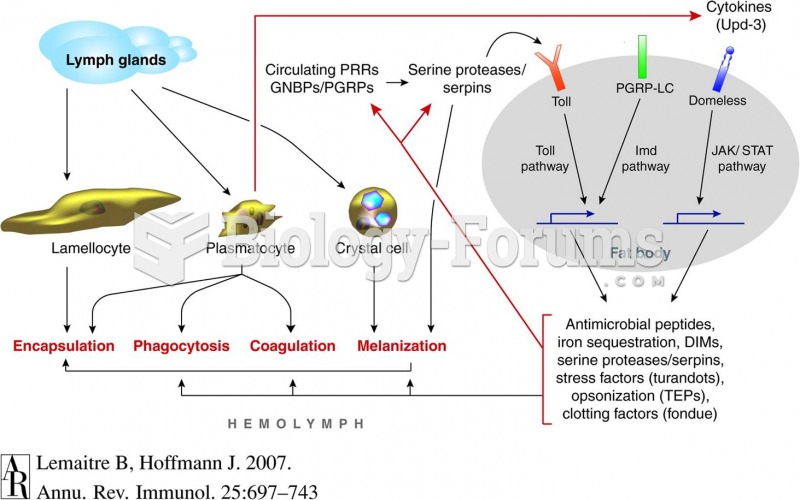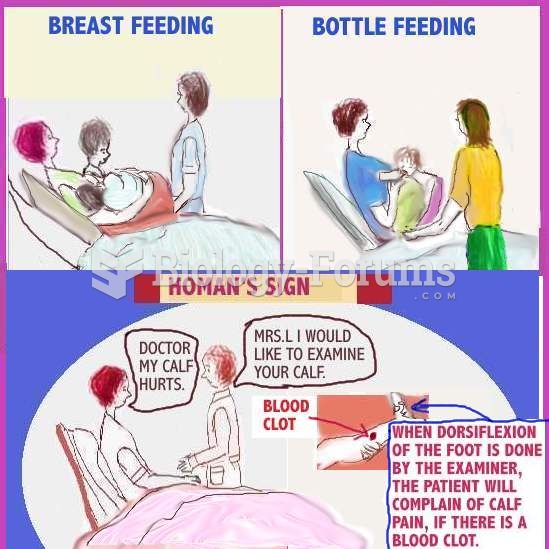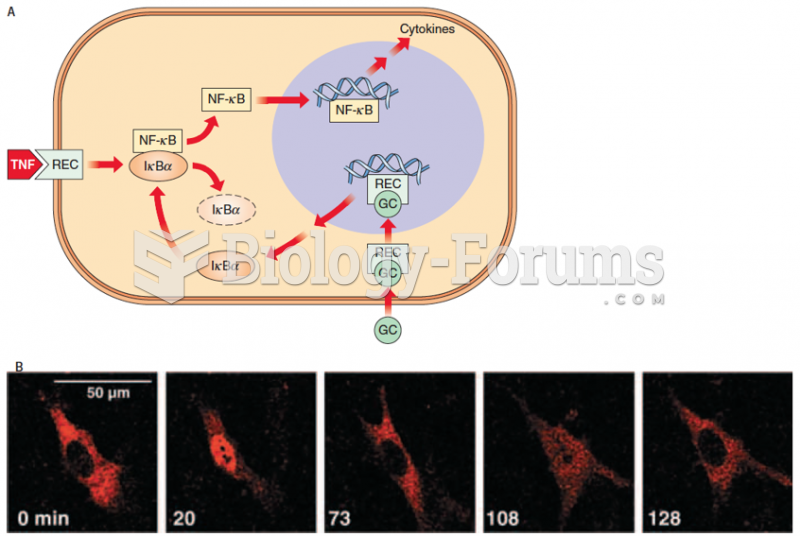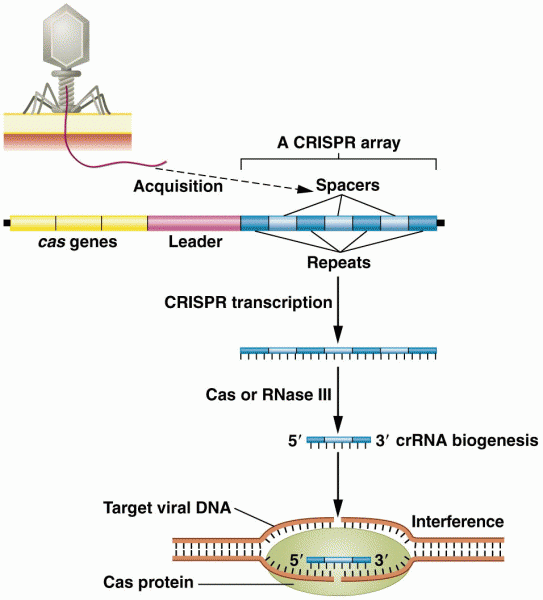Answer to Question 1
Answer: The maternal immune hypothesis is one model of the cause of the fraternal birth order effect. In this theory, the H-Y androgens (male hormones regulated by a gene on the Y chromosome) are different enough from the mothers antigens to trigger an allergic or immune system response. H-Y antigens are present in male but not female fetuses and do cross the placental barrier, which could trigger an immune response from the mother. The mothers antibodies then react by attacking the H-Y antigen, preventing the fetal brain from developing male-typical brain structures and behaviors. Each subsequent male fetus increases the sensitivity of the mothers immune system to the antigen. This is a common event in allergy development. This model has been tested experimentally and anti-H-Y antibodies in utero have been shown to disrupt later sexual behavior in male mice. In humans, evidence shows that H-Y antigens can cross the placental barrier, that the maternal immune response is greater to cells from males than females, and that newborn boys with older brothers tend to have a lower birth weight than boys with older sisters.
Answer to Question 2
Answer: There is no evidence that circulating hormone levels in male or female adults has anything to do with sexual orientation. There is evidence from humans and animals that exposure to sex hormones prenatally does affect brain structure and sexual orientation. Based on observations of endocrine disorders, it appears that high androgen (male sex hormones) exposure during critical periods of prenatal development is associated with heterosexuality in men and same-sex sexuality in women. Low androgen exposure may be associated with same-sex sexuality in men and heterosexuality in women. There is also evidence that high levels of estrogen (female sex hormone) is associated with women classified as bisexual or lesbian.







